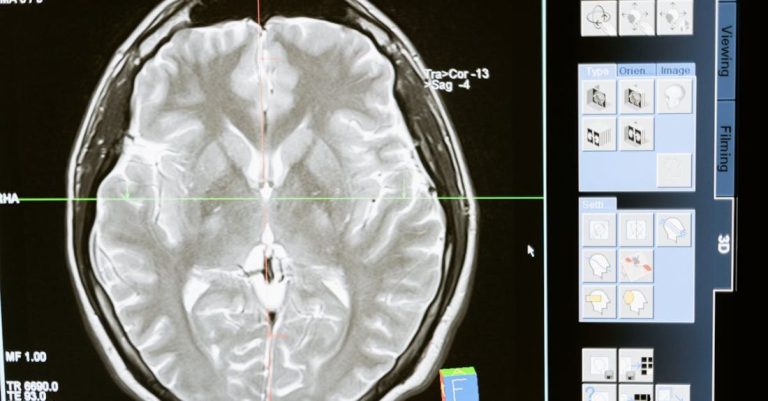
Genomic research has revolutionized the field of biology, allowing scientists to understand the genetic makeup of organisms on a molecular level. Bioinformatics tools play a crucial role in this research by enabling the analysis of vast amounts of genomic data efficiently and accurately. These tools have become indispensable in deciphering the complexities of DNA sequences and studying how genes function in various organisms. In this article, we will explore how bioinformatics tools are utilized in genomic research to uncover valuable insights into the genetic information encoded in an organism’s genome.
**Genome Assembly and Annotation**
One of the primary applications of bioinformatics tools in genomic research is genome assembly and annotation. Genome assembly involves piecing together the fragmented DNA sequences obtained through high-throughput sequencing technologies into a complete genome sequence. This process is complex and requires sophisticated algorithms to align and merge overlapping sequences accurately. Bioinformatics tools such as Velvet, SPAdes, and SOAPdenovo are commonly used for genome assembly.
Once the genome is assembled, the next step is genome annotation, where bioinformatics tools are used to identify and annotate genes, regulatory elements, and other functional elements within the genome. Tools like Prokka, MAKER, and Augustus assist in predicting gene structures, identifying coding regions, and assigning functions to genes based on sequence homology and other criteria.
**Comparative Genomics**
Comparative genomics is another area where bioinformatics tools are extensively utilized in genomic research. By comparing the genomes of different organisms, scientists can gain insights into evolutionary relationships, gene function, and genetic variation. Tools such as BLAST, OrthoMCL, and Mauve are commonly used for comparative genomics analysis to identify similarities and differences in gene sequences, gene order, and genome structure among different species.
**Functional Genomics**
Functional genomics aims to understand the functions of genes and their interactions within biological systems. Bioinformatics tools play a crucial role in functional genomics by analyzing gene expression, protein-protein interactions, and regulatory networks. Tools like DAVID, STRING, and Cytoscape are used to interpret gene expression data, predict protein interactions, and visualize complex biological networks.
**Metagenomics**
Metagenomics is a field of genomics that involves the study of genetic material recovered directly from environmental samples, such as soil, water, or the human gut microbiome. Bioinformatics tools are essential for analyzing and interpreting the vast amount of data generated from metagenomic studies. Tools like QIIME, MG-RAST, and MetaPhlAn are commonly used for taxonomic classification, functional annotation, and comparative analysis of metagenomic datasets.
**Phylogenetics**
Phylogenetics is the study of evolutionary relationships among organisms based on genetic data. Bioinformatics tools are used to reconstruct phylogenetic trees, analyze sequence alignments, and infer evolutionary histories. Tools like MEGA, PhyML, and RAxML are widely used for phylogenetic analysis to elucidate the evolutionary relationships among different species and populations.
**Epigenomics**
Epigenomics investigates the chemical modifications to DNA and histone proteins that regulate gene expression without altering the underlying DNA sequence. Bioinformatics tools are instrumental in analyzing epigenomic data, such as DNA methylation and histone modifications. Tools like Bismark, MACS, and ChIP-seq are used to identify epigenetic modifications, analyze chromatin accessibility, and study the impact of epigenetic changes on gene regulation.
**Clinical Genomics**
In clinical genomics, bioinformatics tools are employed to analyze genetic data from patients to diagnose genetic disorders, predict disease risk, and personalize treatment strategies. Tools like VarSome, ClinVar, and GEMINI are used for variant annotation, interpretation of genetic variants, and clinical decision support. Bioinformatics tools play a crucial role in translating genomic data into actionable insights for precision medicine and personalized healthcare.
**Future Perspectives**
As genomic research continues to advance, the role of bioinformatics tools in analyzing and interpreting genomic data will become increasingly important. The integration of multi-omics data, machine learning algorithms, and cloud computing technologies will enable researchers to unravel the complexities of the genome and accelerate discoveries in biology and medicine. Bioinformatics tools will continue to drive innovation in genomic research, opening new avenues for understanding the genetic basis of health and disease.
In conclusion, bioinformatics tools are indispensable in genomic research, enabling scientists to analyze, interpret, and visualize complex genomic data with precision and efficiency. From genome assembly and annotation to comparative genomics, functional genomics, and beyond, bioinformatics tools play a vital role in unraveling the mysteries of the genome and advancing our understanding of genetics and biology. The future of genomic research looks promising, with bioinformatics tools at the forefront of innovation and discovery.





